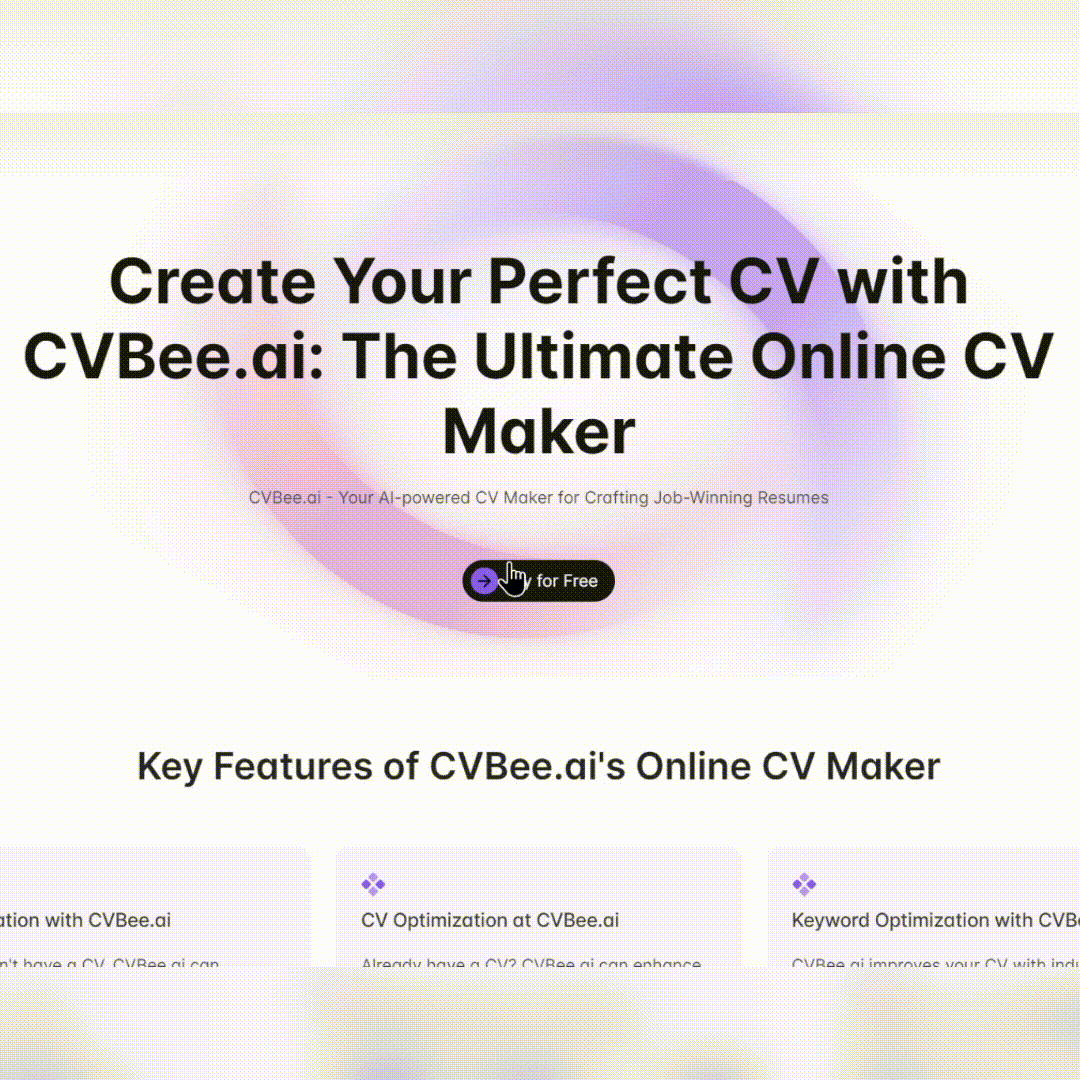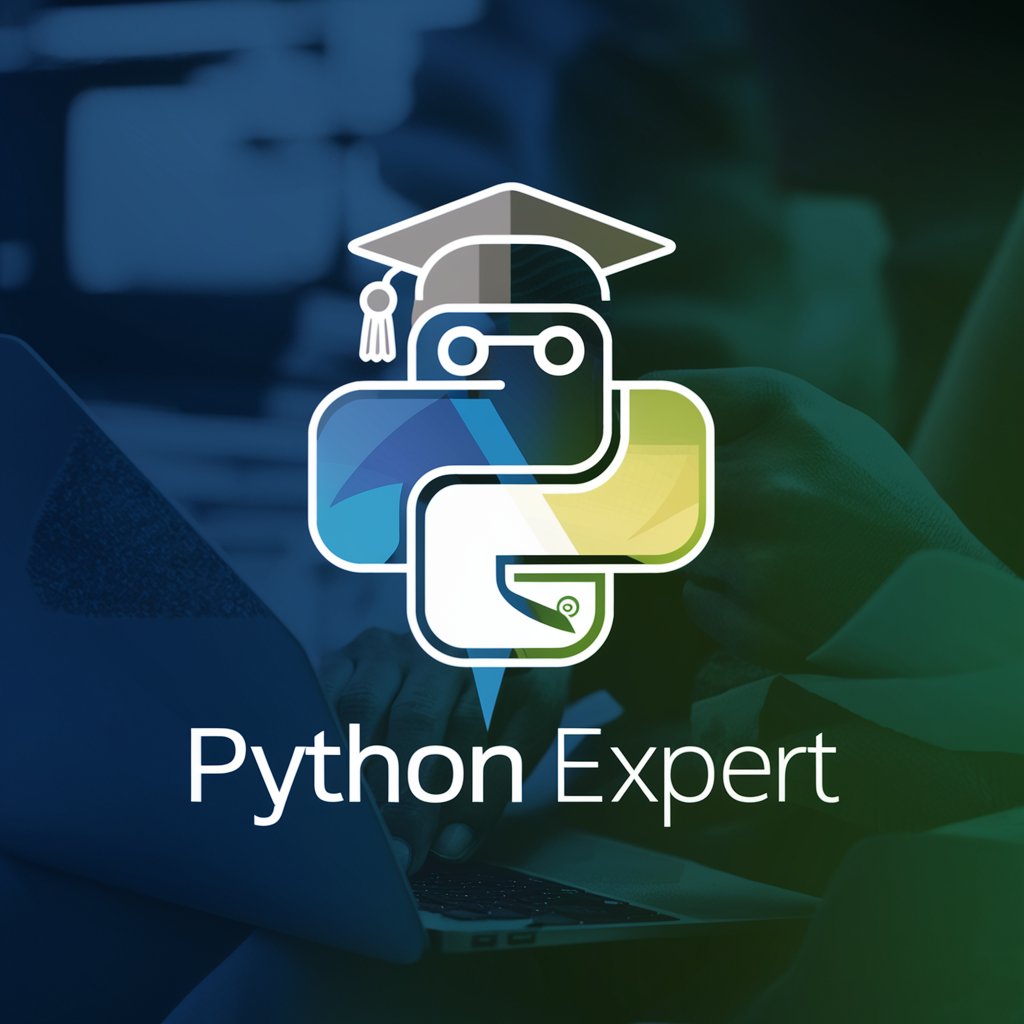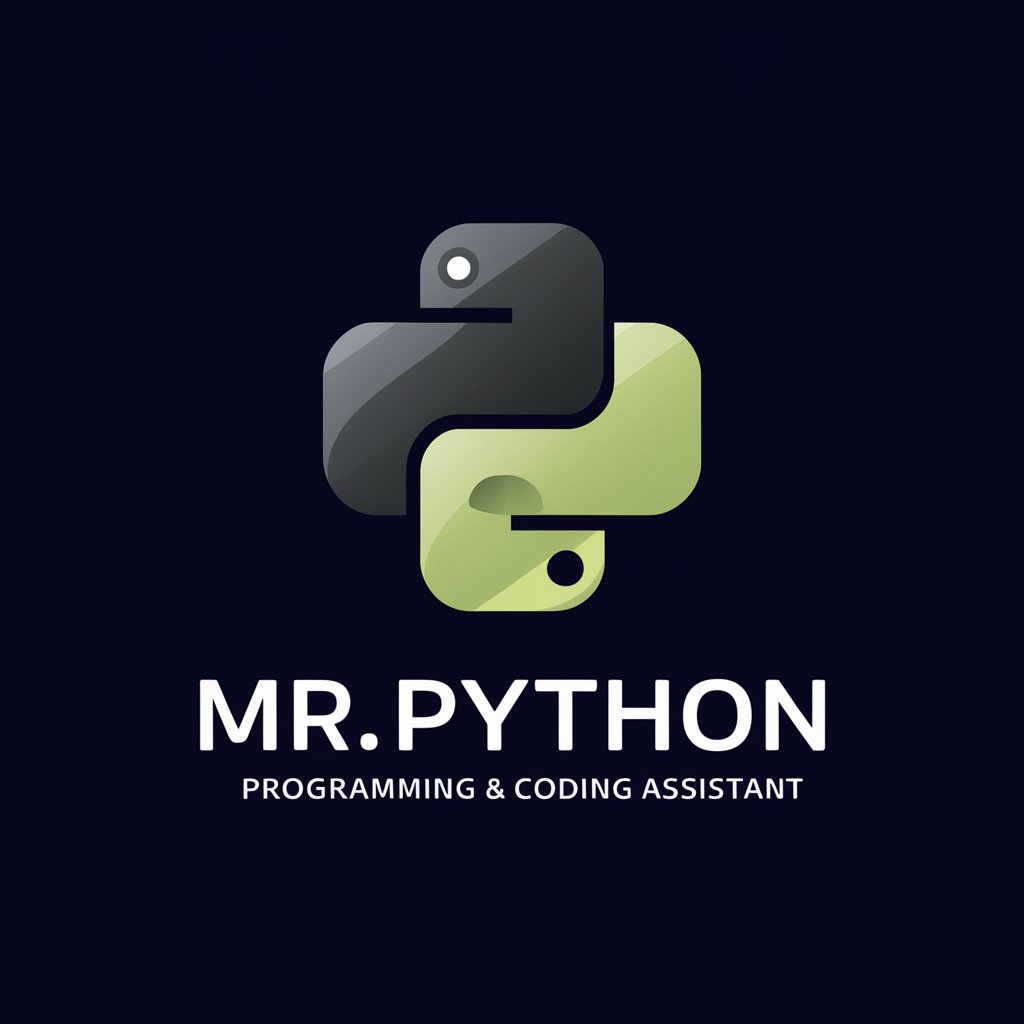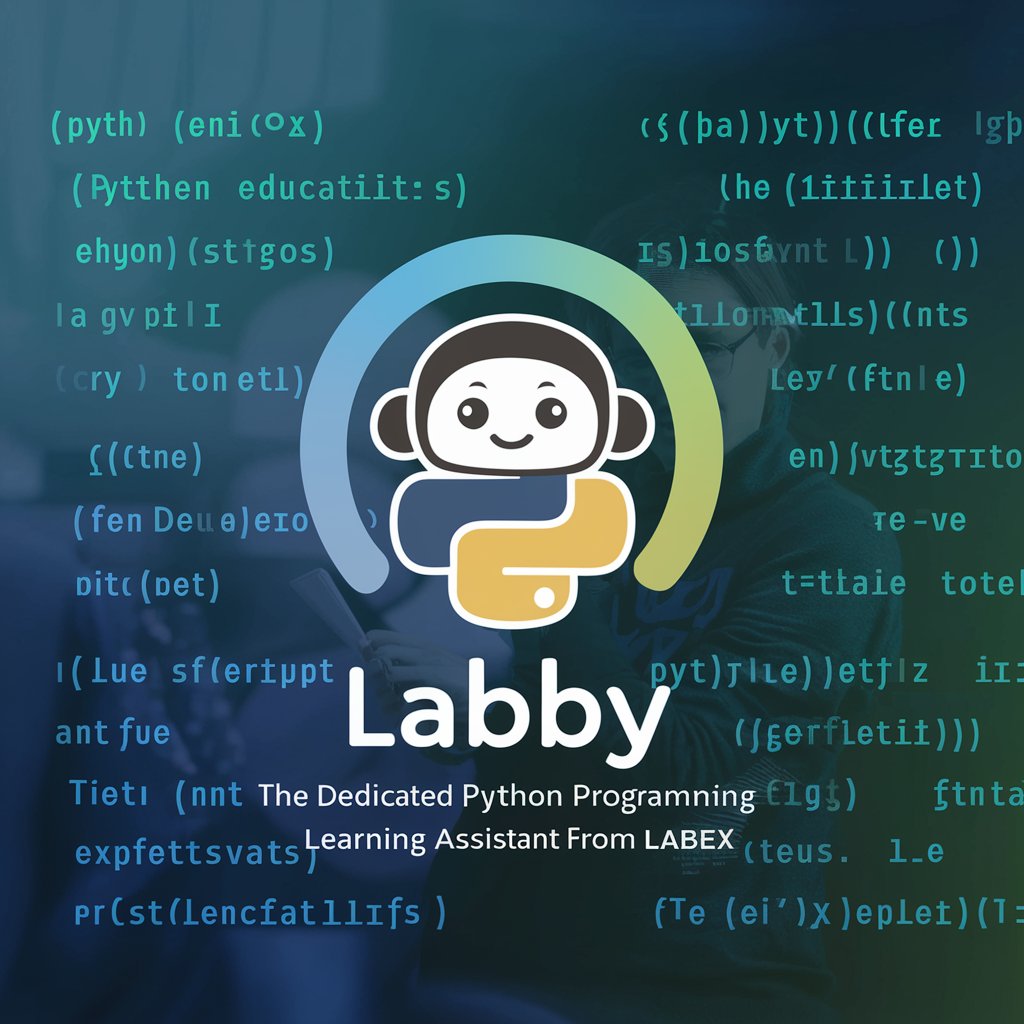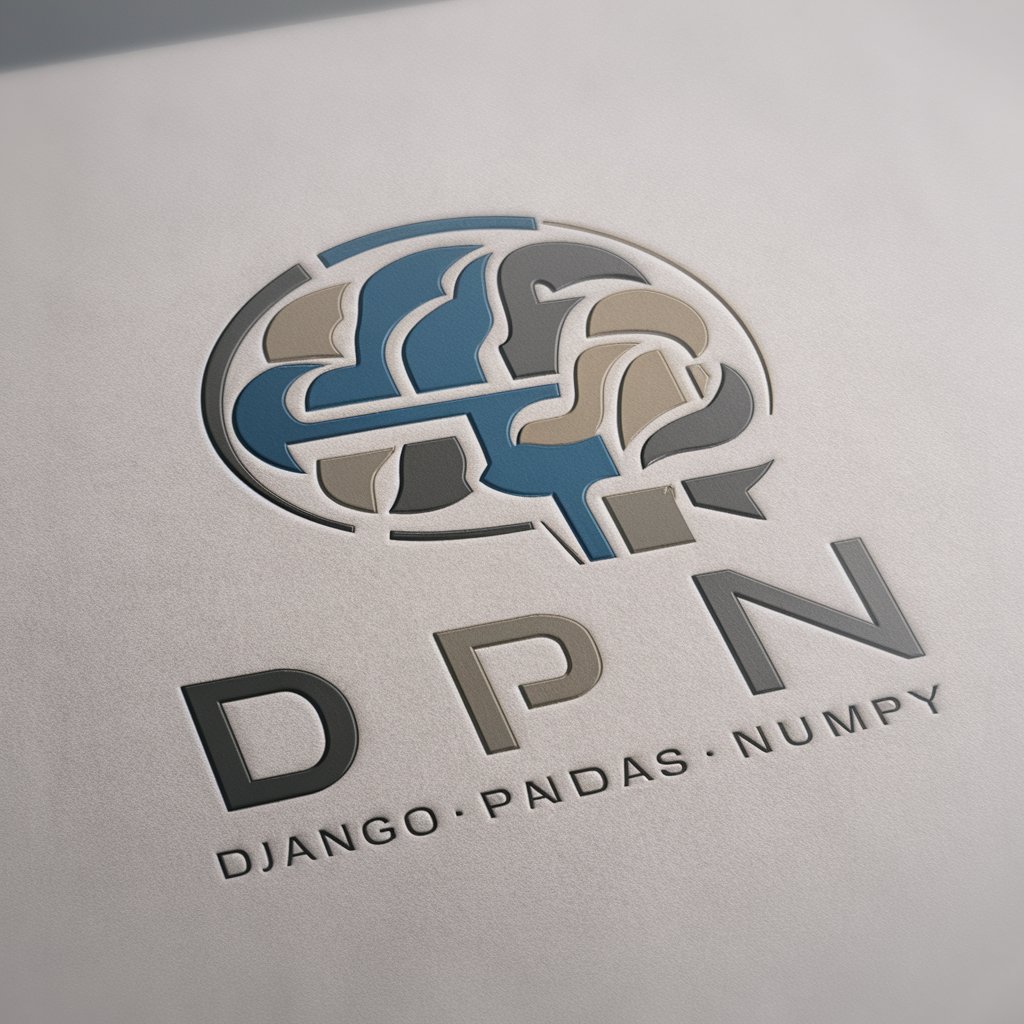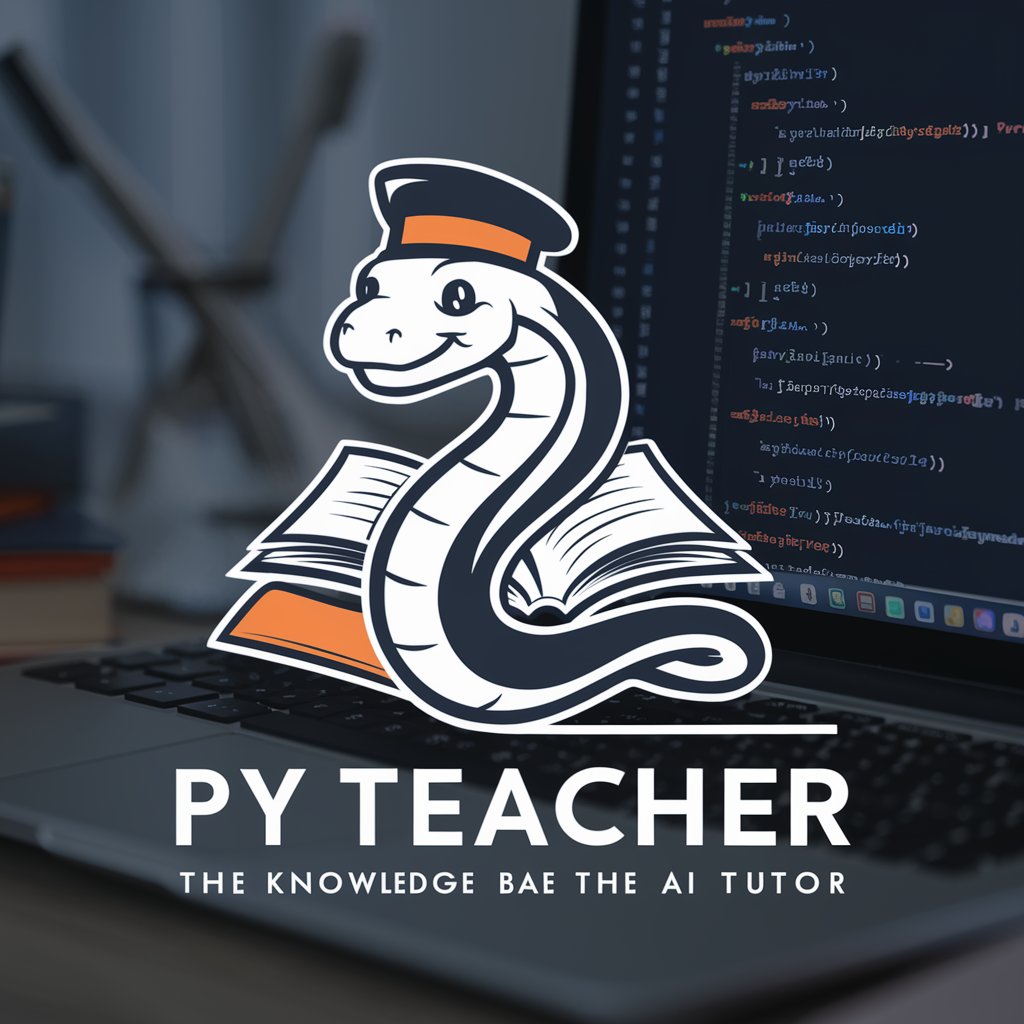
Learning Python - Python Learning Platform
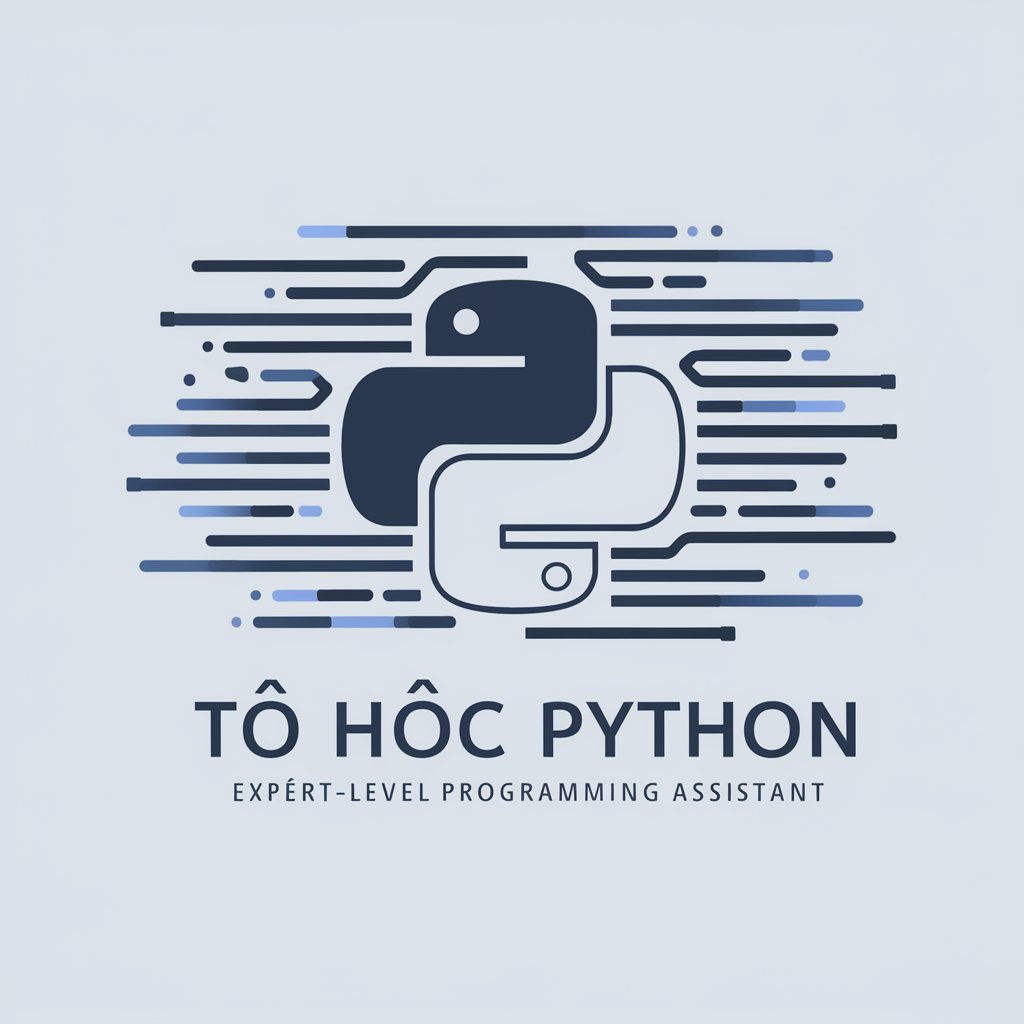
Chào mừng bạn đến với Tự học Python!
Master Python with AI-Powered Learning
Hướng dẫn cơ bản về Python...
Cách sử dụng các phương thức đặc biệt trong Python...
Làm thế nào để tối ưu hóa mã Python của bạn...
Khám phá các mô hình đồng thời trong Python...
Get Embed Code
Introduction to Learning Python
Python is a high-level, interpreted programming language known for its clear syntax and readability, making it an excellent choice for beginners and experienced developers alike. Designed by Guido van Rossum and first released in 1991, Python's philosophy emphasizes code readability with its notable use of significant whitespace. It supports multiple programming paradigms, including procedural, object-oriented, and functional programming. Python is widely used for web development, data analysis, artificial intelligence, scientific computing, and more. For example, Python's simplicity allows beginners to quickly write a script for automating simple tasks, like reading and writing files, while its robust libraries like NumPy and Pandas support complex data analysis and manipulation for professionals. Powered by ChatGPT-4o。

Main Functions of Python
Automation and Scripting
Example
Automating file management, such as renaming or moving files in bulk.
Scenario
A small business could use Python scripts to organize thousands of files in their storage system, saving hours of manual work.
Web Development
Example
Creating a web application using Django or Flask.
Scenario
A startup could use Django to quickly develop and deploy a secure and scalable e-commerce site with minimal effort.
Data Analysis and Visualization
Example
Using Pandas for data manipulation and Matplotlib for data visualization.
Scenario
A researcher could use Python to clean, analyze, and visualize a dataset on climate change, aiding in the identification of key trends and patterns.
Machine Learning and AI
Example
Implementing machine learning models with scikit-learn or TensorFlow.
Scenario
A tech company could leverage Python to develop intelligent systems that predict customer behavior, improving their services.
Scientific Computing
Example
Solving mathematical problems using SciPy.
Scenario
Engineers might use Python and SciPy to perform complex calculations for designing a new bridge, ensuring structural integrity.
Ideal Users of Python
Beginners in Programming
Individuals with no prior programming experience can start with Python due to its simple syntax and vast community support. It's an excellent first language that opens the door to various programming fields.
Data Scientists and Analysts
Professionals in data-intensive fields benefit from Python's powerful libraries like Pandas and NumPy for data manipulation, along with Matplotlib and Seaborn for visualization, making it easier to derive insights from data.
Web Developers
Python offers frameworks such as Django and Flask, which simplify the process of developing secure and scalable web applications, appealing to both beginners and experienced developers.
AI and Machine Learning Engineers
Python is the leading language in AI and machine learning projects due to its readability and the extensive libraries available, such as TensorFlow, Keras, and PyTorch, that simplify implementing complex algorithms.
Educators and Researchers
Academics and teachers prefer Python for introducing programming concepts and for computational research, given its simplicity and the powerful libraries available for scientific computing and analysis.

How to Use Learning Python
Start Free Trial
Begin by visiting a platform offering Learning Python, such as yeschat.ai, for a free trial without the need for login or subscribing to premium services.
Identify Learning Goals
Determine your objectives with Python, whether it’s for data analysis, web development, automation, or another field, to focus your learning effectively.
Engage with Interactive Content
Make use of interactive lessons, coding exercises, and projects provided to practice and apply Python concepts in real-world scenarios.
Utilize Support Resources
Take advantage of forums, Q&A sections, and mentorship opportunities to get help and feedback on your learning journey.
Apply Knowledge
Start your own Python projects or contribute to open-source projects to test your skills and knowledge in practical settings.
Try other advanced and practical GPTs
ダイエットトレーナー(だいちゃん)
Your AI-powered diet and fitness coach

ダイエット博士
AI-powered personalized diet advice

【筋トレ・ダイエット】マンツーマントレーナー
AI-powered personal fitness and nutrition guide

50kgダイエットした田中式AIダイエット
Your Personal AI Dietitian

Diet GPT
AI-powered Smart Dietary Planning

キンタとナコの✨ダイエットレシピ
AI-powered healthy cooking guide.

As easy as a sunday morning
Empowering your daily journey with AI
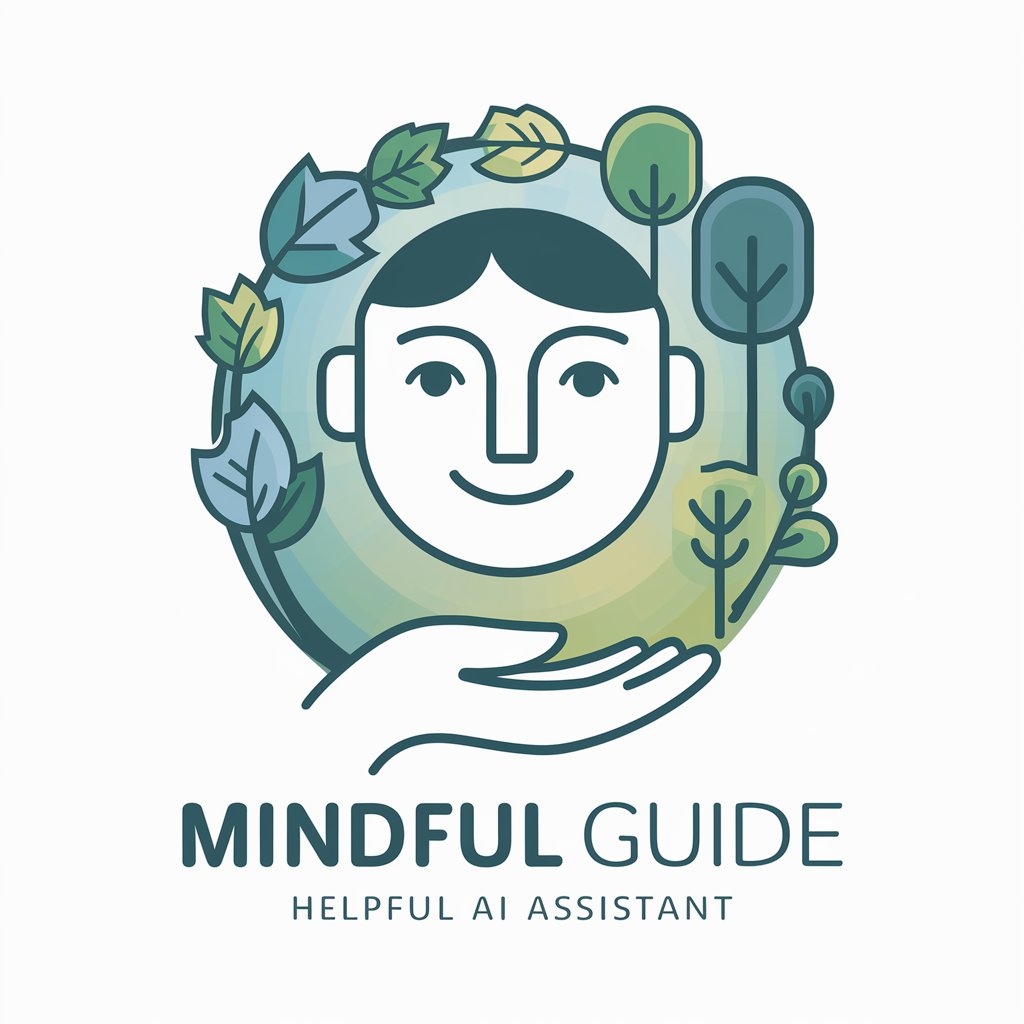
As Level Chemistry
Master Chemistry with AI
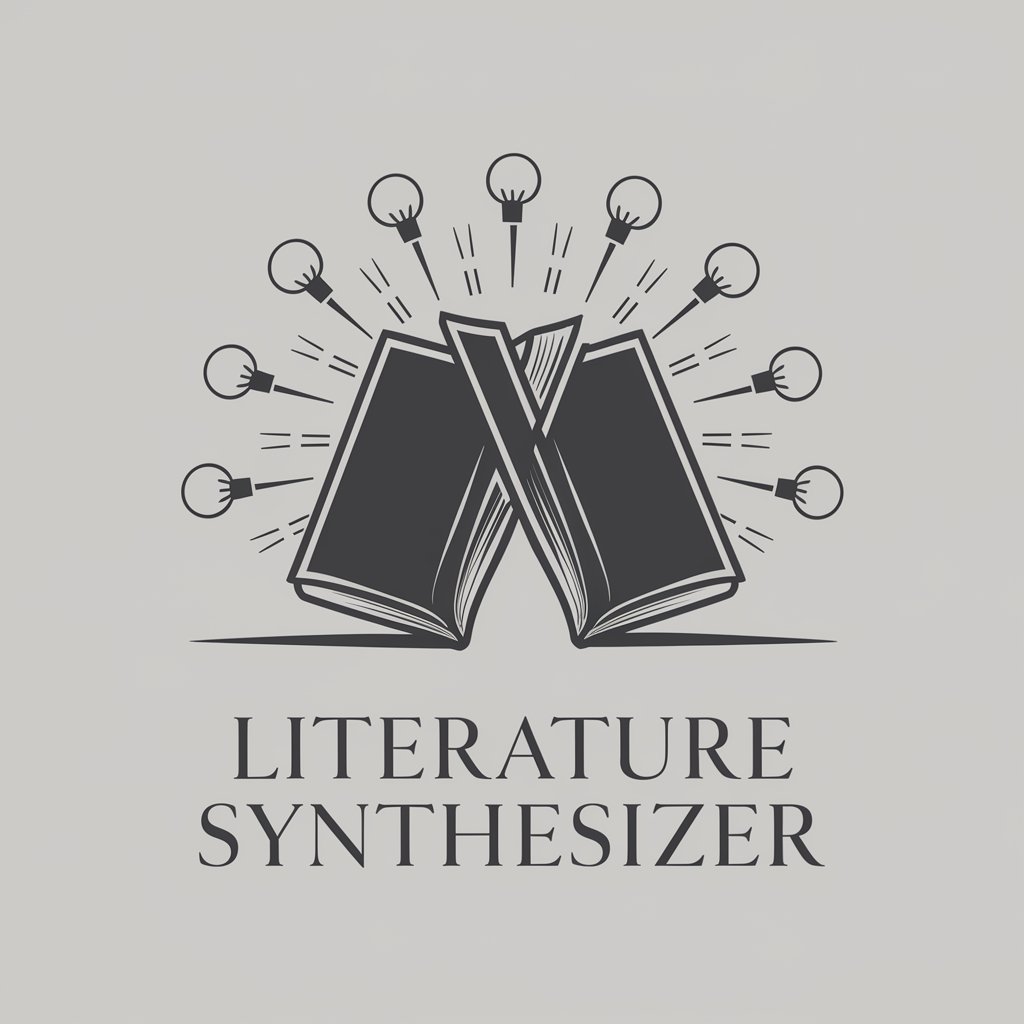
HAZTE UN AS
Master Poker Strategy with AI
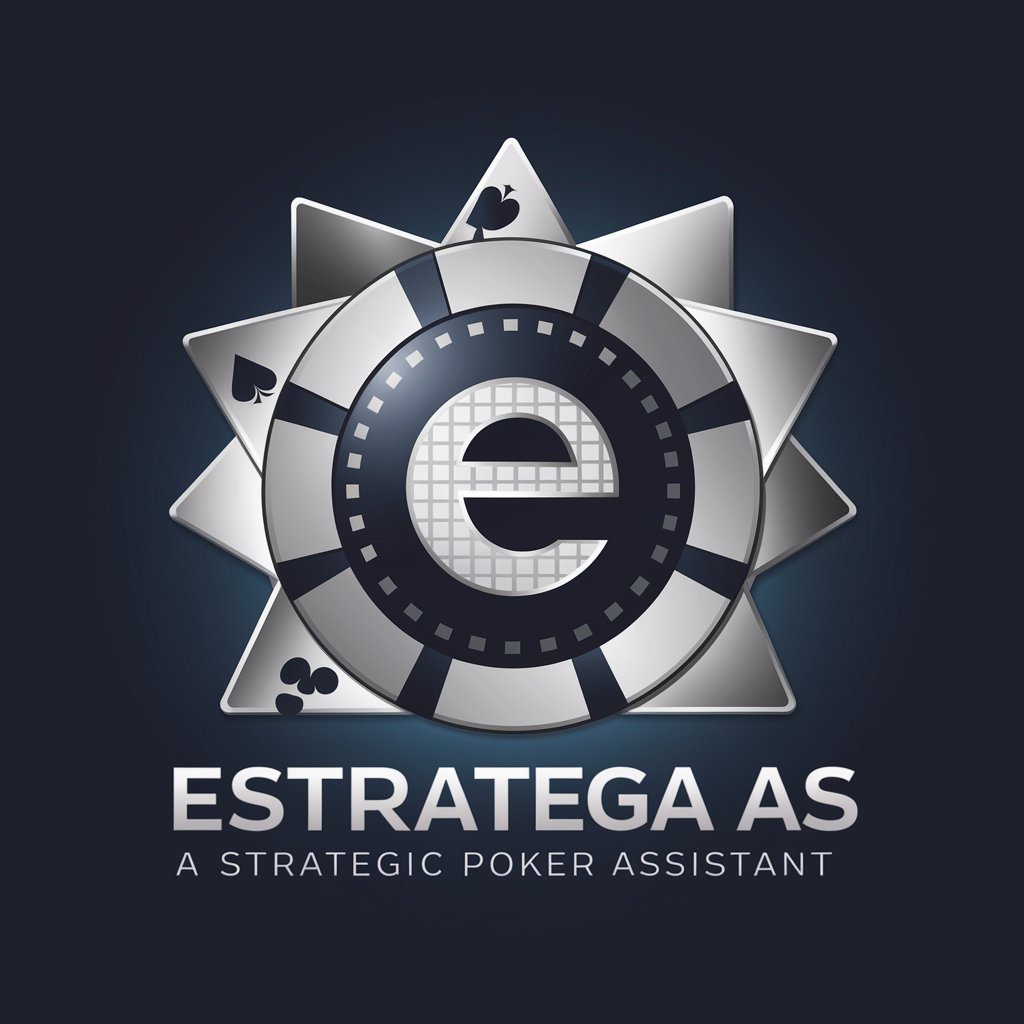
CMO as a Service
Elevate Your Marketing with AI-Powered Insights
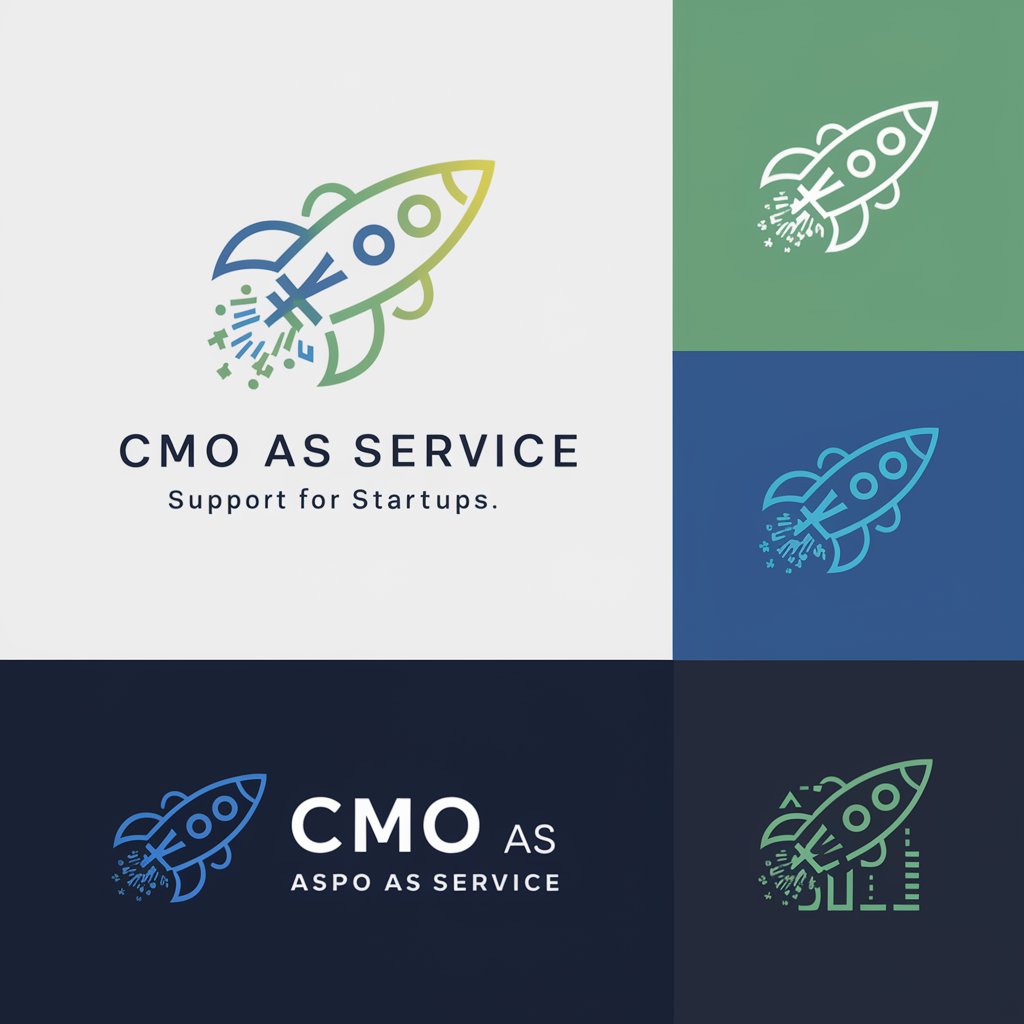
Name GPT
Innovate Names with AI Power

What to say to attractive girls to get dates
Revolutionizing Dating With AI

Frequently Asked Questions about Learning Python
What prerequisites are needed for Learning Python?
No specific prerequisites are required, but basic understanding of programming concepts can be beneficial. The platform is designed to accommodate beginners.
How can Learning Python benefit my career?
Python is versatile and in-demand. Learning it opens opportunities in fields like data science, web development, machine learning, and more, enhancing your career prospects.
Can I learn Python without any programming background?
Yes, Learning Python is structured to help beginners grasp programming fundamentals and Python syntax through interactive lessons and practical projects.
How long does it typically take to become proficient in Python?
Proficiency varies based on dedication and learning pace, but with consistent study, it’s possible to grasp the basics in a few months and achieve proficiency in a year or so.
Are there any certifications or rewards upon completing the course?
Many platforms offer certificates upon course completion, which can be added to your resume or LinkedIn profile to showcase your Python skills to potential employers.
